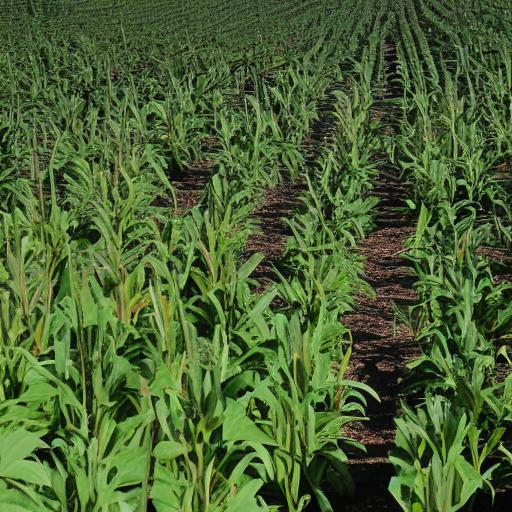Plant diseases pose a huge threat to nations all over the world due to the financial burden they impose as well as the influence they have on food security. Healthy crops support millions of people’s livelihoods, and accurate plant disease detection enables for prompt interventions to maintain enough crop production with minimal yield loss.
There are normally two avenues taken in traditional methods for diagnosing diseases. The first method depends on crop inspection by qualified professionals, whilst the second method makes use of neural networks and image processing. Both choices, though, have drawbacks. Conventional image-processing techniques extract surface information and require prior training for better predictions, whereas skilled specialists offer their judgement after an error-prone and time-consuming physical inspection.
This suggests that as information complexity rises, it becomes increasingly difficult to make reliable predictions.
In this context, neural networks—groups of algorithms that find underlying patterns in data—have shown promise in classifying plant diseases. The limitation is the dearth of sufficient training data. In controlled situations, reliable data collecting is feasible, but in the real world it is challenging. Diseases may be uncommon or difficult to see in the field.
Additionally, illness samples could contain occlusions, complicated backgrounds, and a variety of shapes. The ability of neural network-based disease classifiers to transfer learning to fresh datasets after training is similarly restricted.
The ‘Multi-Representation Subdomain Adaptation Network with Uncertainty Regularisation for Cross-Species Plant Disease Classification’ (MSUN), a new and very straightforward neural network, has now been created by a research team and successfully classifies plant diseases in the wild.
To accomplish this, they used a transfer learning method known as unsupervised domain adaptation (UDA) to speed up the identification of plant diseases. The research, which was published in Plant Phenomics, was directed by Associate Professor Xijian Fan of Nanjing Forestry University.
UDA allowed their model to apply what it had learnt during training to a separate unannotated dataset, according to Associate Prof. Fan, who is also the study’s corresponding author. In a scientific setting with strict controls, they taught MSUN how to categorize plant illnesses. In challenging field conditions, it can now classify plant diseases using UDA.
As it overcomes the drawbacks in current UDA-based methodologies, the team’s strategy for using UDA in plant disease categorization constitutes a paradigm leap. First off, the photographs taken in the field are complicated; they contain a variety of leaves, strange camera angles, and could even be blurry. It is anticipated that UDA-based classifiers would interpret this confusing data to correctly classify diseases.
Second, these classifiers are unable to predict outcomes when dealing with plants that are infected with various disease states, infections at various times, or at various places. Third, the possibility of identical disease symptoms presents a considerable difficulty for the classifiers. This can occur when different disease agents attack different plant species or when a single disease agent attacks different plant species.
When learning the general structure of plant-disease features, MSUN is a more accurate disease classifier. Associate Professor Fan lists another benefit of the new approach as the fact that it extracts more information from the data it gets. According to the study, MSUN was not hindered by the discrepancy that arises when the same data is gathered in a controlled environment as opposed to a field situation.
Using a variety of intricate plant-disease datasets, the team crucially verified MSUN’s disease classification accuracy. When put to the test with information from the PlantDoc, Plant-Pathology, Corn-Leaf-Diseases, and Tomato-Leaf-Diseases databases, MSUN performed admirably and outperformed the competition.
Because MSUN can handle difficult datasets, the group is confident about its potential. They are optimistic that it can get over the inherent unpredictability of the disease classifiers of today and that it will advance plant pathology research by offering important insights into the challenges of disease identification.








